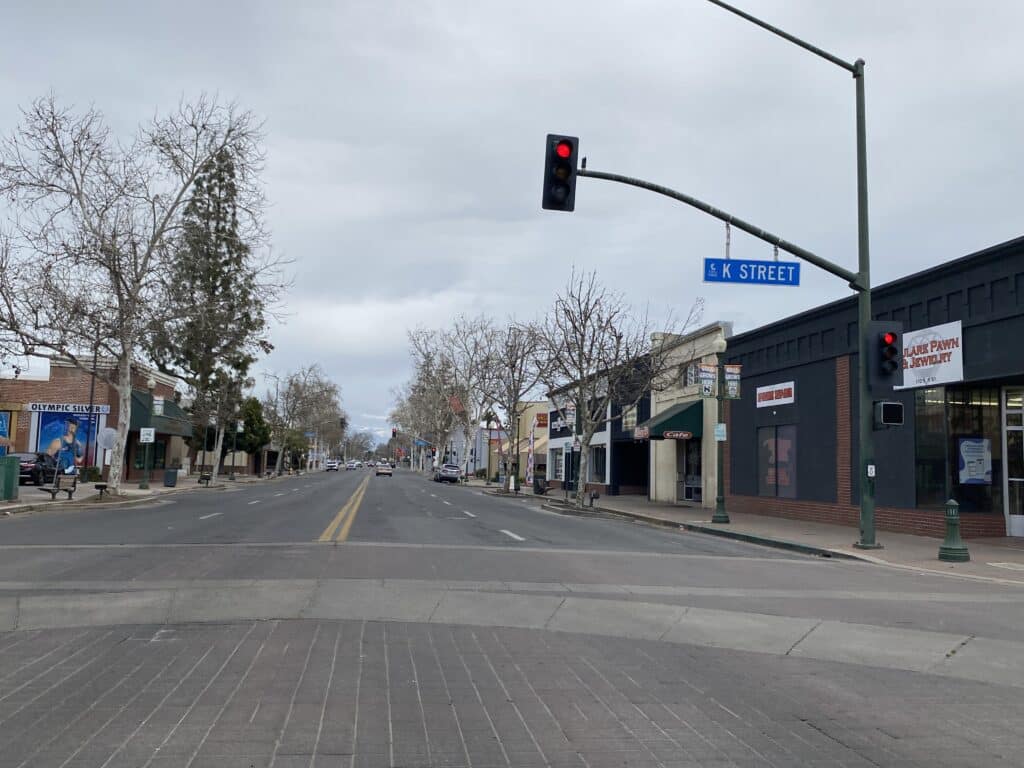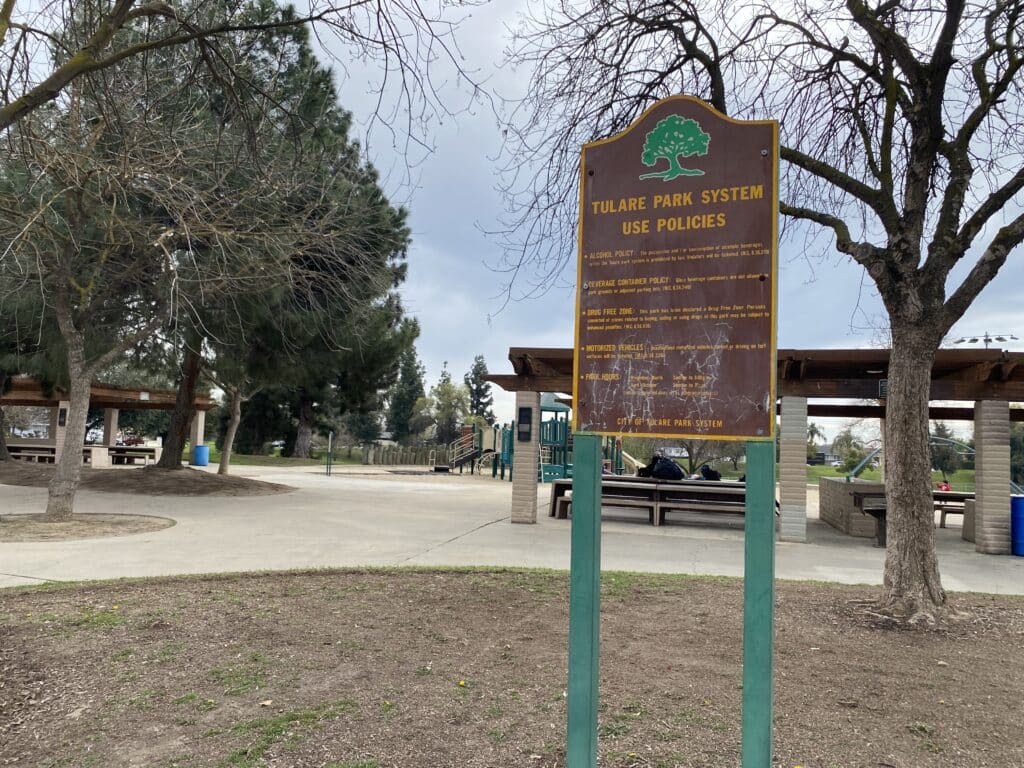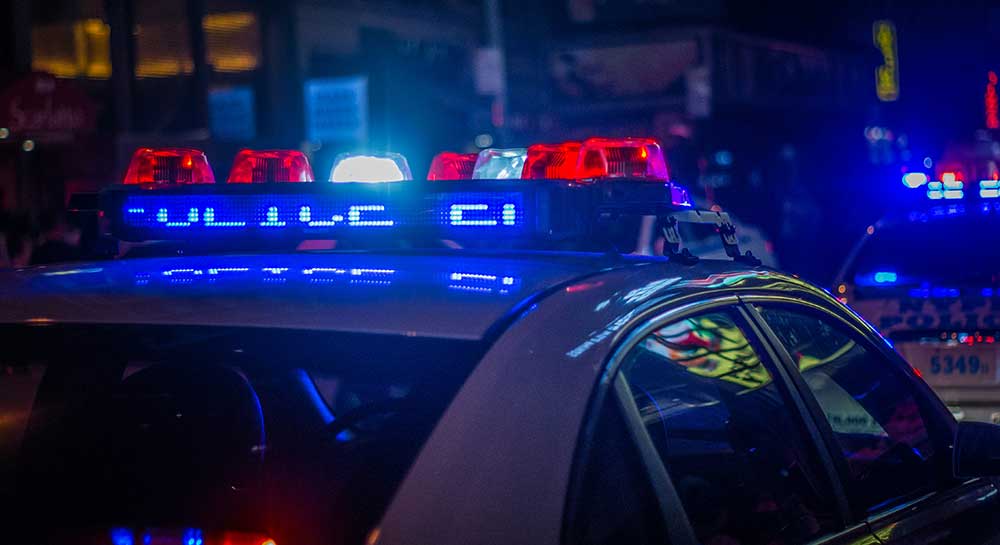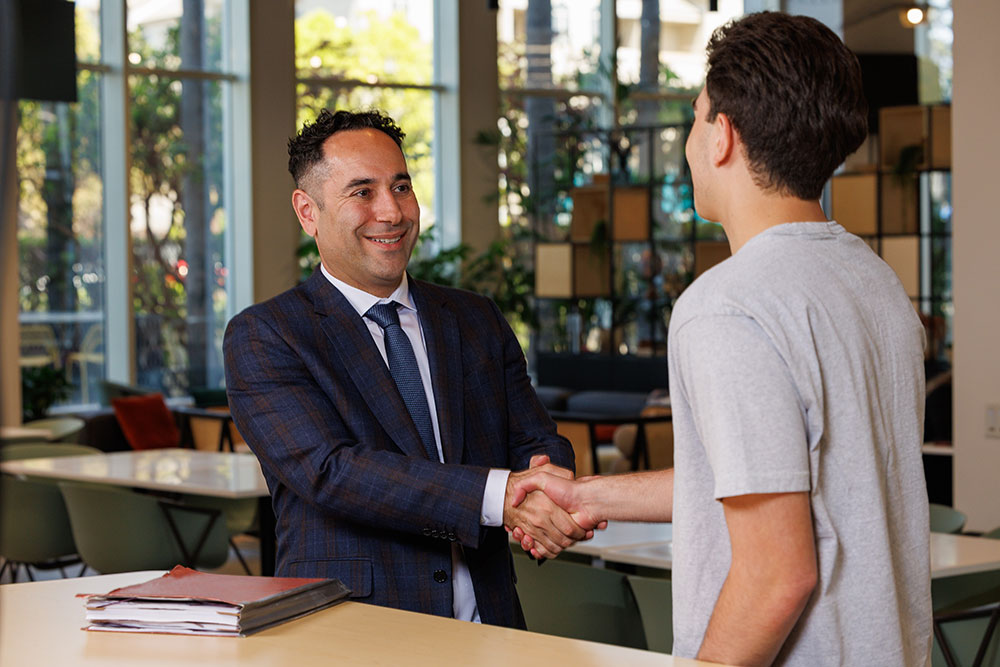Home » Tulare Personal Injury Lawyer » Safety, Laws, and Rights – Tulare Bicycle Crash Lawyer
Maison Law represents injured cyclists in Tulare.
The physical and financial devastation cyclists face after a horrific accident are immeasurable. To make matters worse, the insurance companies are not interested in helping you. They only want to offer you ridiculously low settlements, no matter how severely your life has been altered from the accident.
At Maison Law, we ensure you are compensated for all your current hardships, as well as all future costs you will accrue over the course of your life due to your injuries.
Protect your right to compensation and contact one of our skilled Bicycle Accident Attorneys for a no-cost, no-obligation consultation.
Nestled in the heart of Central California, Tulare offers cyclists breathtaking, outdoor trails and a vibrant downtown scene, equipped with bike lanes from 6th Street to Cedar. So, whether you’re looking to attempt “The Plunge,” on Cannell trail, or taking a leisurely family ride in a downtown bike lane, Tulare offers something to cyclists of all levels.
However, Tulare’s mountainous landscape and bustling downtown create heightened risks for cyclists. The slightest careless act from another driver, construction crew, or pedestrian can turn an adventurous bike ride into a catastrophic, life-changing accident.
This is where the Bicycle Accident Lawyers at Maison Law can help. After an accident, cyclists are often blamed for causing the crash, making it extremely difficult for injured cyclists to recover costs. At Maison Law, our attorneys protect cyclists’ rights and will not hesitate to take legal action to secure compensation on their behalf.
The damages we pursue for bicycle crash victims include:

California is a bicyclist’s paradise with scenic bike paths and adrenaline-pumping trails. So, when participating in one of California’s most popular outdoor activities, it is crucial to ensure safety and legal compliance by understanding California’s bicycle laws and the rights of cyclists.
California state law permits local governments to form their own bicycle laws. However, in the state of California, there are provisions cyclists must follow:
Cycling through Tulare is a great way for locals and visitors to enjoy the city. And for the more adventurous, Tulare offers mountain biking trails at Cannell Trail, as well as BMX biking at DT-1 MX Park, with various off-road and motocross tracks. To keep riders safe, the city of Tulare has enacted the following bicycle laws:

Comparative negligence is when more than one party is partially at fault for causing an injury and is covered under California Civil Code 1714.
This law essentially states:
In the case of a bicycle crash, ultimately, fault will be determined by the details of the case and the judgment of a judge and jury if the matter goes to trial.
Let’s say, for example, a bicyclist is trying to pass someone in the bike lane on Cedar Avenue. They gather speed and pass a fellow bicyclist on the left side, causing their bike to exit the bike lane for a couple of seconds. At the same time, a speeding vehicle collides with the bicyclist and causes them to suffer several injuries such as a broken elbow, fractured jaw, and bruised ribs. Who is at fault?
In a hypothetical situation like this, comparative negligence could come into play. A jury may find the driver 80% at fault for speeding near a bike lane, while finding the bicyclist 20% at fault for exiting the bike lane without checking the road for passing cars. So, if the jury awards the bicyclist $1,00,000 then their reward will be reduced by 20% of the fault, netting them $800k.

Premises liability is when a property owner fails to keep their property free of hazardous conditions by performing routine inspections, as covered in California Civil Code 1714. This law not only applies to property owners but to:
Essentially, whoever is responsible for the property is required to repair, replace, or provide reasonable warning about unsafe property conditions to keep visitors safe. Property owners who fail to repair dangerous conditions, or warn them, can be served with a premise liability lawsuit if someone gets injured as a direct result of their carelessness
Hazardous conditions on a bike path or BMX park typically include:
If you suffered a bicycle crash injury in a Tulare city park due to a hazardous condition, pursuing damages can be more complicated than if you were to file a lawsuit against a privately owned park. Public parks like DT-1 MX Park and Cypress Park are owned by the government. So, instead of filing a lawsuit against a company or individual, you would be filing a lawsuit against the government.
One of the major differences between government entities and privately owned parks is that the government can claim “sovereign immunity.” Sovereign immunity essentially means that a government entity is not liable for injuries caused by the government entity or its employees as they are fulfilling their duty.
However, the California Tort Claims Act gives exceptions in which the government can be held liable for damages in cases of excessive carelessness (drunk driving, knowingly ignoring hazards, etc.), or corruption. Depending on the circumstances, suing the government for a bicycle crash accident can be an incredibly challenging process. You will need an experienced tort lawyer who understands government liability to navigate the complex legal process.

California Vehicle Code 21200 awards cyclists the same rights and responsibilities as drivers. This entitles bicyclists to the right-of-way just like all the other drivers on the road. However, it is important for bicyclists to remain aware of motorists as not all drivers recognize this law or respect the rights of bikers on the road. Other laws outlining the rights of bicyclists on the road include:
SB No. 1271 was signed into law in 2024 and is now in effect as of January 1st, 2025. This bill covers several new e-bike regulations to address the e-bike situation in California. The law states that an electric bicycle is a bicycle equipped with fully operable pedals and an electrical motor of less than 750 watts. Also, the new law separates e-bikes into the following three classes:
E-bikes are permitted to ride in the bike lane. However, Class 3 e-bikes cannot:
Some people may think riding a bicycle is safe to do even after having a few drinks. However, in the state of California, bicycling under the influence is a crime according to California Vehicle Code 21200.5. In order for a bicyclist to be convicted of a DUI while cycling, they would have to be displaying signs of intoxication while riding on a public highway.
It is important to note that a DUI charge on a bicycle is not the same as one charged to a motorist driving under the influence. Cycling under the influence is a misdemeanor in the state of California, punishable by a fine up to $250.

There is no average compensation for bicycle injuries. The result of every personal injury lawsuit varies on a case-to-case basis, so it is difficult to determine the value of every case. However, certain factors can potentially increase your amount of compensation:
It is proven that payouts for bicycle crash injury victims tend to be higher for those represented by an experienced Personal Injury Lawyer than those who took legal action without representation.
The severity of your bicycle injuries will account for a majority of your overall compensation if you reach a successful settlement. While there are other determining factors, the following personal injury classifications can give you a rough estimate of what your case is worth.

At Maison Law, we protect injured cyclists by reaching successful settlements through:
Motorists and bicyclists are often at odds on the road and the same can be said when it comes to legal matters. Bicyclists often receive unfair blame for accidents and can face undeserved difficulties in recovering damages. But at Maison Law, we understand the rights of bicyclists and will fight to protect them.
Cyclists are offered practically no protection from serious hazards, making them far more likely to be seriously injured in an accident, or in worse cases, killed. That’s why having an experienced Personal Injury Lawyer on your side is vital to recovering the compensation you need to get your life back on track.
Don’t wait until it’s too late to take legal action. Contact us today for a no-cost, confidential consultation to see what legal options are available for your situation.
